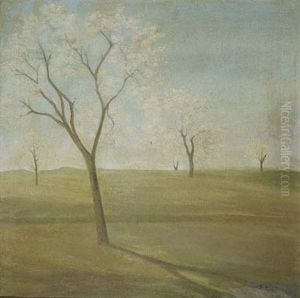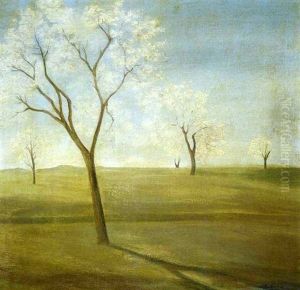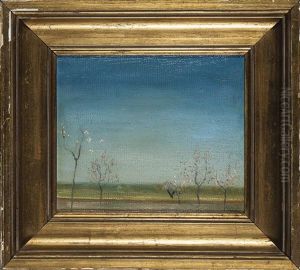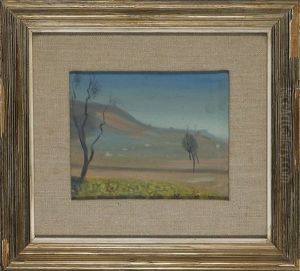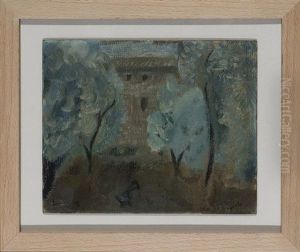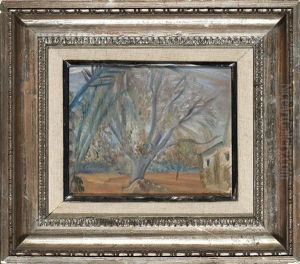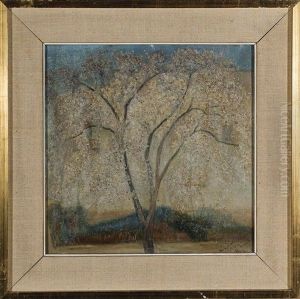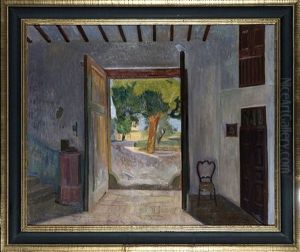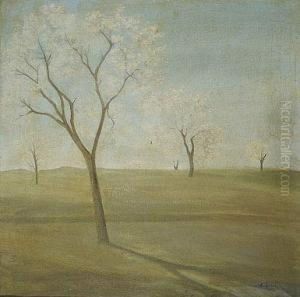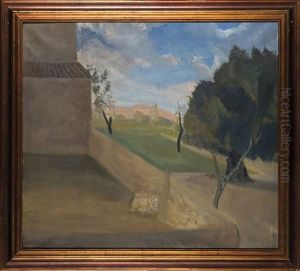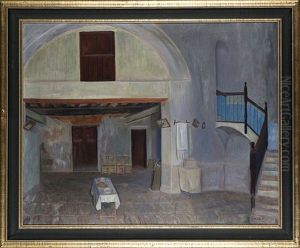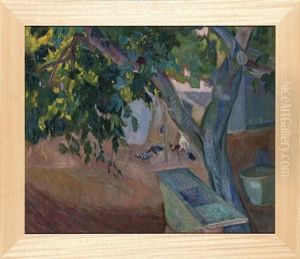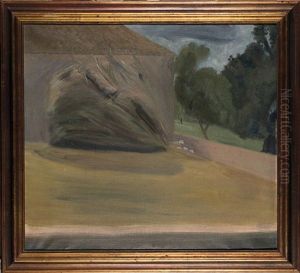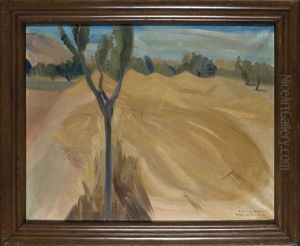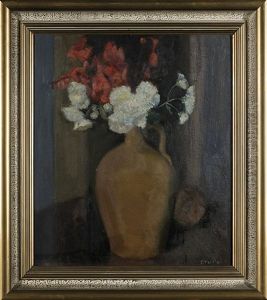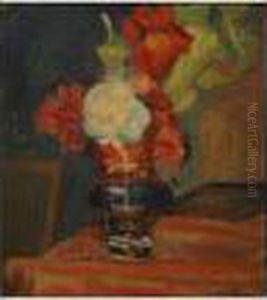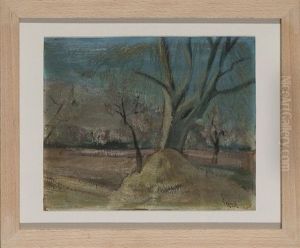Emilio Varela Paintings
Emilio Varela Isabel was a Spanish painter whose body of work is often celebrated for its contribution to the Spanish art scene, particularly within the context of 20th-century modernism. Born on October 4, 1887, in Alicante, Spain, Varela's artistic journey began in his hometown, but it was his education and experiences outside Alicante that significantly shaped his artistic vision and style. He studied at the San Carlos Royal Academy of Fine Arts in Valencia, where he was exposed to a wide range of artistic movements and techniques, which he would later incorporate into his unique style.
Varela's work is characterized by a deep sensitivity to color and light, with landscapes and scenes of daily life in and around Alicante making up the majority of his subjects. His paintings often reflect a blend of impressionism and expressionism, with a distinctive Mediterranean quality that is both vibrant and introspective. After his studies in Valencia, Varela spent a period in Madrid, where he was influenced by the works of Spanish masters as well as by the contemporary artistic movements that were sweeping across Europe at the time.
Despite the influences, Varela remained deeply attached to his roots in Alicante, to which he returned and spent most of his life. His attachment to his homeland can be seen in his persistent use of local landscapes and scenes as his primary subjects. Unlike many of his contemporaries who sought recognition in larger art capitals, Varela's work was mostly celebrated locally during his lifetime. It wasn't until after his death on May 27, 1951, that his work began to gain wider recognition beyond the borders of Alicante and Spain.
Varela's legacy is one of a painter who captured the essence of his environment, transforming the everyday into something extraordinary through his masterful use of color and form. Today, Emilio Varela is recognized as one of the key figures in the development of modern art in Spain, with his works being exhibited in major galleries and museums across the country and beyond. His contribution to Spanish art, particularly through his unique interpretations of the Spanish landscape and life, continues to be celebrated and studied by art historians and enthusiasts alike.

